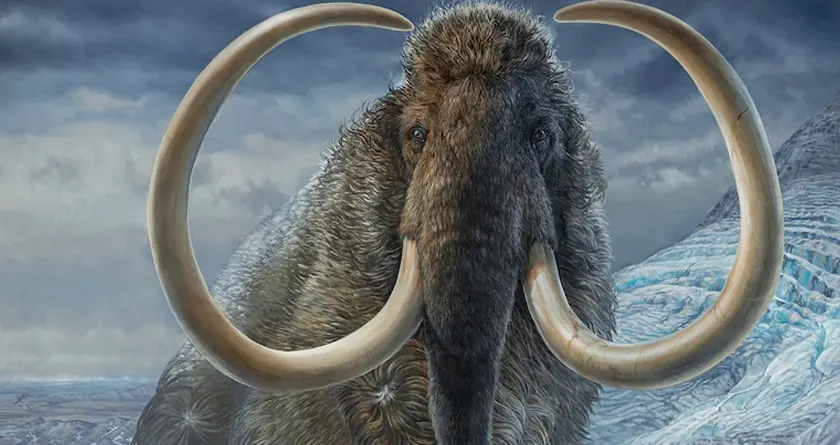
Mammoth’s Travels During Its Lifetime Discovered From Data Preserved in its Tusk
Tusk reveals it all…learn more…
Monday, 16th August 2021
Researchers have been able to reconstruct the geographical movement of one woolly mammoth (Mammuthusprimigenius) with the help of chemical ‘GPS tags’ that is preserved in one of its tusks.
Fossils have always helped scientists get a glimpse into a life that lived many many years before us. These glimpses are, however, static, that is, although they tell us about the life that lived, they reveal little about how they lived.
In the recent study, however, the findings show how extensively the animal has travelled in its 28 years of lifespan. Such was the expanse of its manoeuvres and so widely did it travel across what is now Alaska, that it could have almost circled Earth two times. The breakthrough discovery also provides scientists with beguiling clues about how the species became extinct.
While there is fair knowledge about woolly mammoths where their diet, genetics and ecology is concerned, there is not much known about the life histories of individual animals.
Chris Widga, a palaeontologist at East Tennessee State University in Johnson City said, “We can’t go back and watch these things like a modern ecologist might, but we can use chemistry to come up with good proxies.”
Researchers explain that all areas on the Earth’s surface have a distinct chemical signature on the basis of differences in its genealogy. The ratios of various isotopes of elements like strontium and oxygen in the bedrock and water help create a unique profile that is specific to that location. Moreover, this remains consistent over millennia and is even incorporated into soil and plants.
Mammoths used to graze on the Arctic plains and as a result, these isotopic signatures got integrated into their ever-growing tusks. This in turn created a permanent record of the animals’ whereabouts with almost daily resolution.
Says Matthew Wooller, a palaeoecologist at the University of Alaska Fairbanks, who co-led the study with geoscientist Clement Bataille at the University of Ottawa in Canada and colleagues, “This is by far the largest and most comprehensive study of its kind.”
The findings by Wooller and team published on August 12 in the journal Science, gives a little glimpse into the life and death of a single woolly mammoth that lived during the last ice age.
The News Talkie Bureau
Source:
India Today











